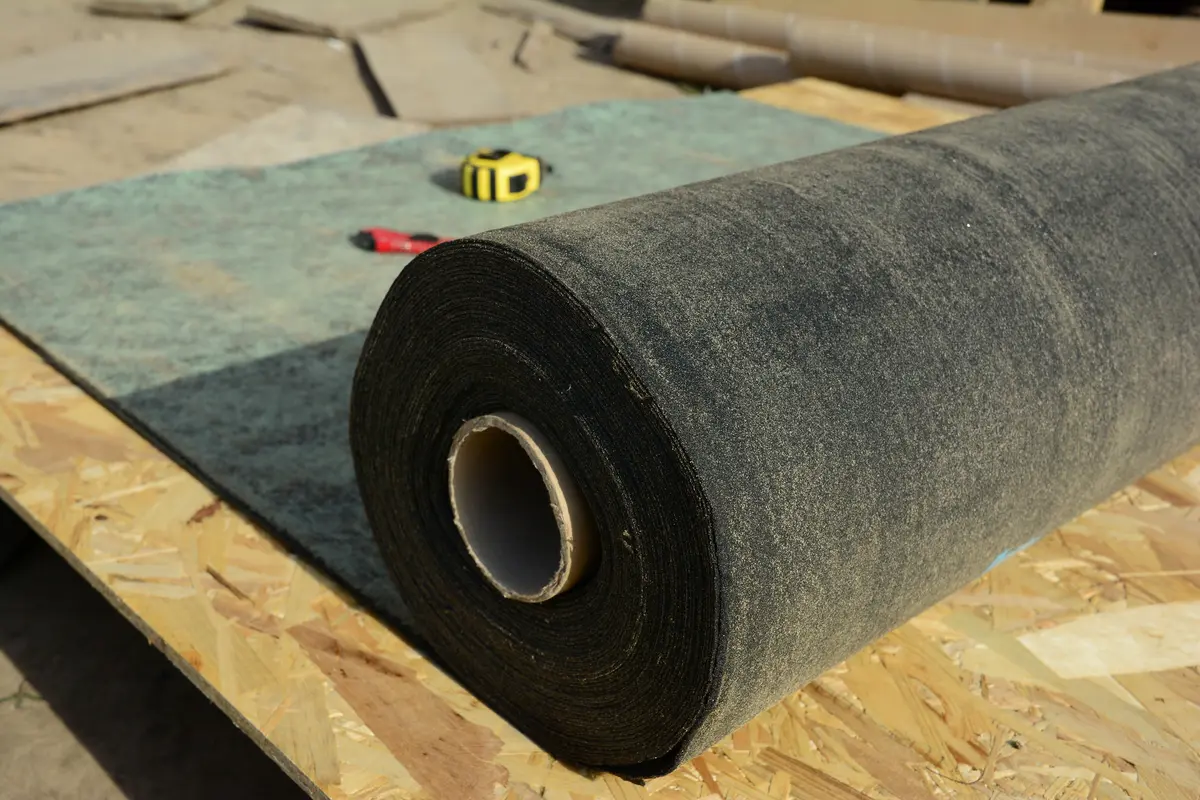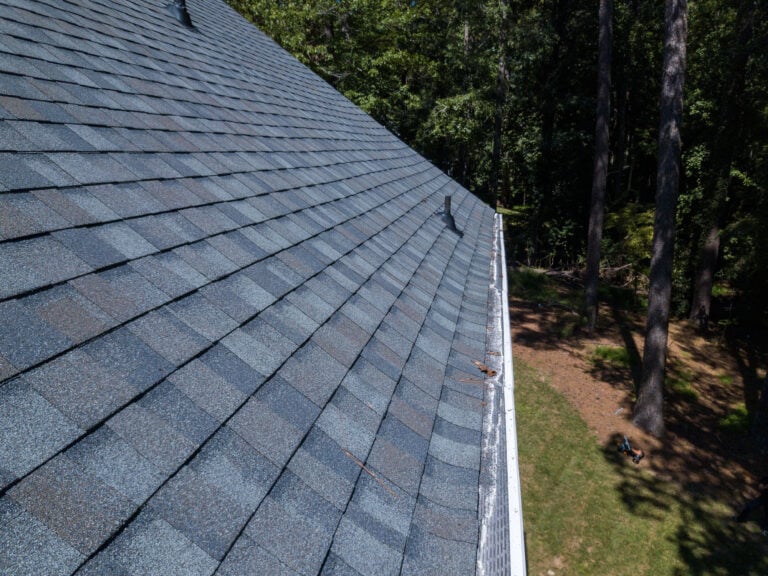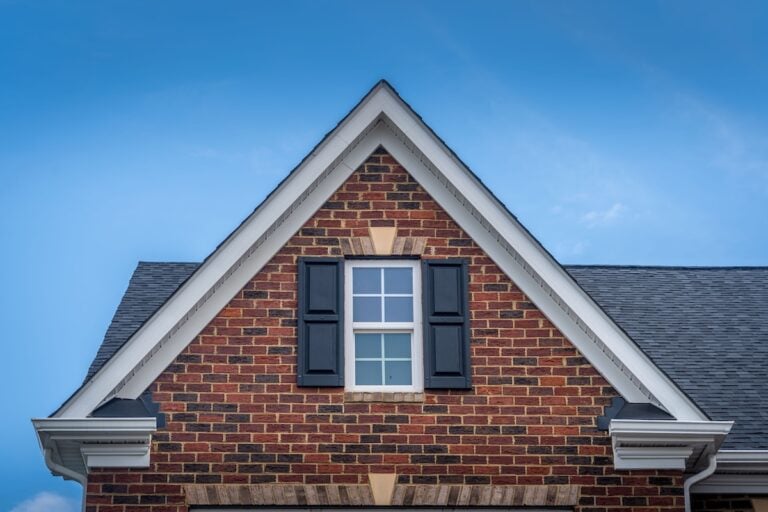When we think about our home’s roof, most of us picture shingles, tiles, or metal sheets—the outermost layer that protects us from the elements. However, beneath this visible layer lies an essential component that often goes unnoticed, yet plays a critical role in safeguarding your home. This is the roof underlayment.
In today’s guide, we will explore everything homeowners need to know about roof underlayment, from:
- Its functions
- Different types of underlayment
- Installation and maintenance tips
What is Roof Underlayment?
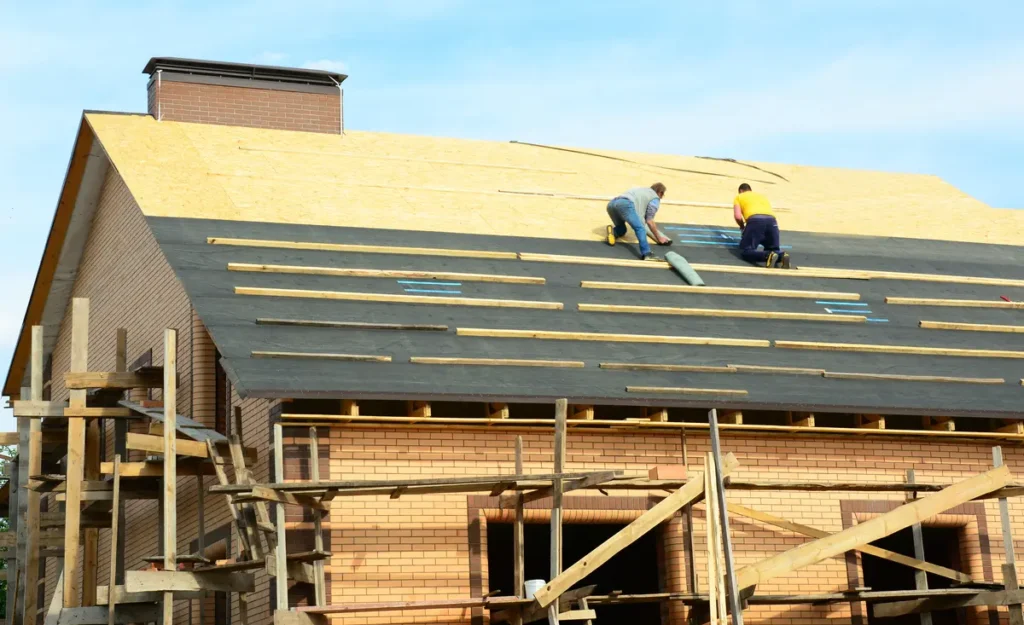
Roof underlayment is a protective barrier that sits between the roof deck (the wooden structure) and the outer roofing material. Its primary function is to provide an extra layer of protection against moisture, wind, and other environmental elements. Think of it as a second line of defense for your roof.
Why is Roof Underlayment Important?
Roof underlayment is often overlooked, yet it is a vital component of a durable and effective roofing system. Without it, your home would be vulnerable to leaks and moisture damage. Understanding the importance of roof underlayment can help homeowners appreciate and prioritize its role in maintaining the integrity of their roofs. This section delves into the reasons why underlayment is an indispensable part of your roof’s defense strategy.
- Moisture Barrier: Roof underlayment acts as a moisture barrier, preventing water from seeping into the roof deck. This is particularly important during heavy rain or snow, when water can potentially penetrate through tiny gaps in the roofing material.
- Wind Resistance: High winds can lift shingles or other roofing materials, exposing the roof deck to the elements. Underlayment helps to keep the underlying structure protected even if the outer layer is compromised.
- Protection During Installation: Before the final roofing material is applied, the underlayment provides temporary protection to the roof deck. This is crucial in case of unexpected weather changes during the installation process.
- Fire Resistance: Some types of roof underlayment offer fire-resistant properties, adding an extra level of safety to your home.
- Aesthetic Benefits: By smoothing out the surface, underlayment helps prevent the appearance of irregularities on the roof, ensuring a cleaner, more uniform look.
3 Types of Roof Underlayment
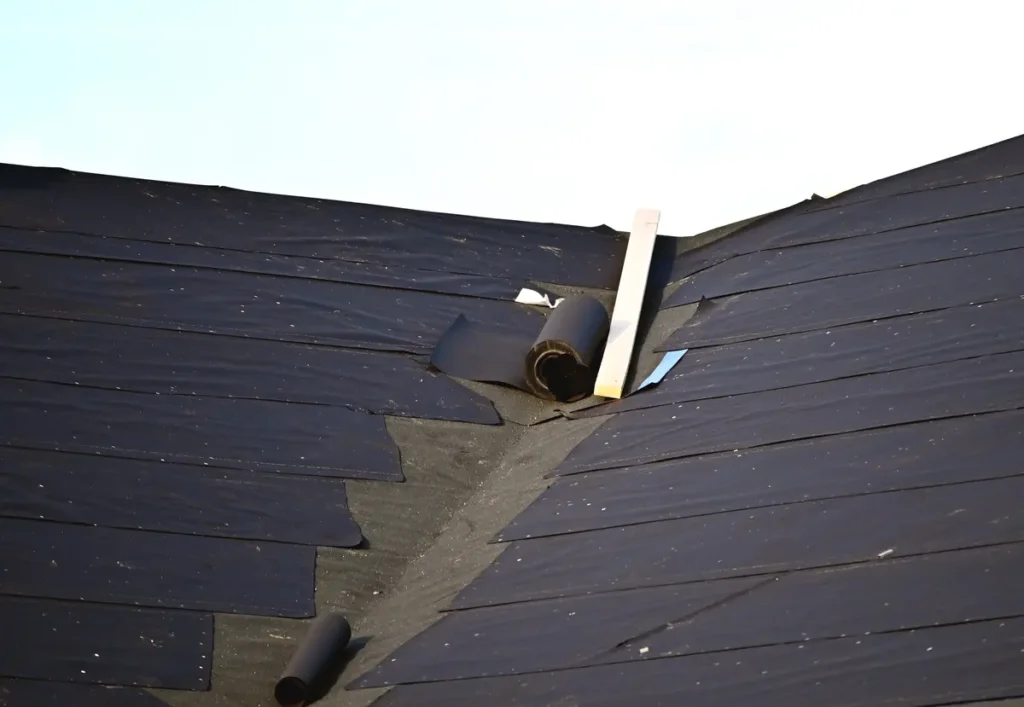
There are three primary types of roof underlayment commonly used in residential roofing:
1. Asphalt-Saturated Felt
Traditionally the most common type of underlayment, asphalt-saturated felt is made by saturating a base material (often fiberglass or paper) with asphalt. It comes in two thicknesses, 15-pound and 30-pound, with the latter being more durable and resistant to damage.
✅ Benefits:
- Economical
- Provides adequate protection in moderate climates
❌ Drawbacks:
- Heavier and harder to install
- Less resistant to moisture over time
2. Rubberized Asphalt
Rubberized asphalt underlayment is more advanced and includes a layer of adhesive that creates a waterproof seal. It is often used in places where extra moisture protection is needed, such as around chimneys and skylights.
✅ Benefits:
- Superior waterproofing capabilities
- Flexible and self-sealing
❌ Drawbacks:
- Higher cost
- Requires professional installation
3. Synthetic Underlayment
A relatively newer option, synthetic underlayment is made from polypropylene or polyethylene. It’s becoming increasingly popular due to its lightweight and durable nature.
✅ Benefits:
- Highly resistant to moisture and UV radiation
- Lightweight and easy to install
❌ Drawbacks:
- More expensive than traditional felt
- Limited fire resistance in some brands
How to Choose the Right Roof Underlayment for Your Home
Selecting the appropriate underlayment depends on various factors, including climate, roof material, and budget. Here’s a quick guide to help you decide:
Climate Considerations
- Wet Climates: Opt for rubberized asphalt or high-quality synthetic underlayment for superior moisture protection.
- Hot Climates: Synthetic underlayment is ideal due to its resistance to UV radiation.
- Cold Climates: Consider using underlayment that offers enhanced wind resistance, such as rubberized asphalt.
Roof Material Compatibility
- Shingles: Asphalt-saturated felt or synthetic underlayment are commonly used.
- Metal Roofs: Synthetic underlayment is preferred due to its durability and lightweight nature.
Budget Constraints
While synthetic underlayment tends to be more expensive, it often offers better long-term protection and durability. If budget is a concern, asphalt-saturated felt is an economical choice for moderate climates.
Installation Tips for Roof Underlayment
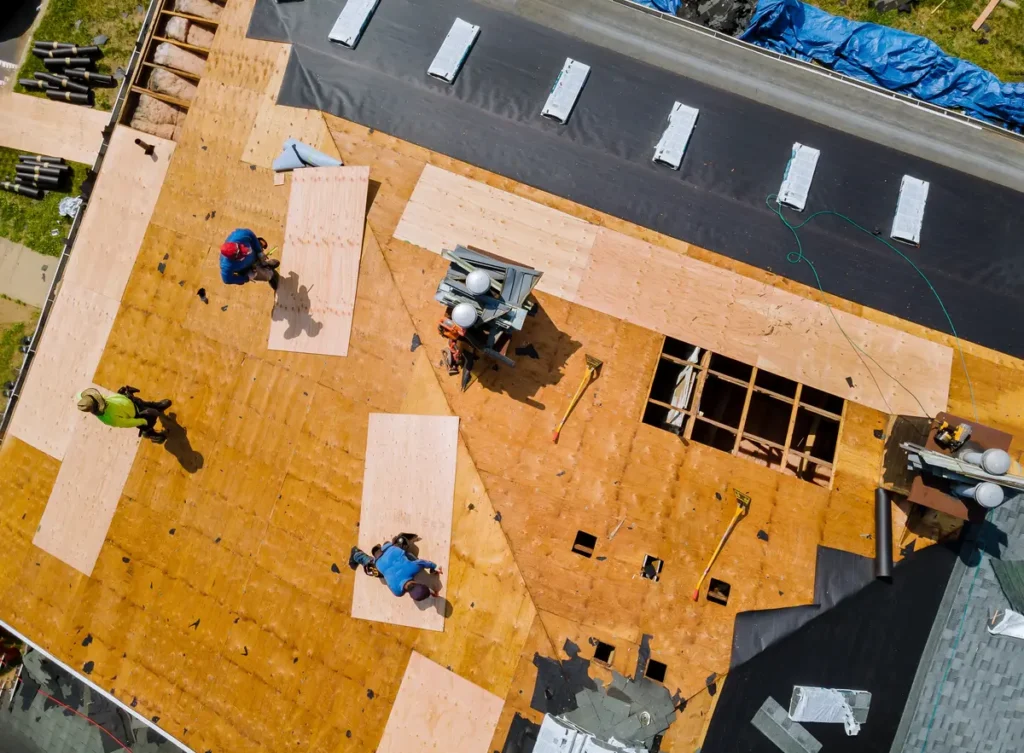
Proper installation is crucial to ensure the effectiveness of roof underlayment. Here are some key steps and tips:
Prepare the Roof Deck
Make sure the roof deck is clean, dry, and free of any debris. Repair any damaged sections before laying down the underlayment.
Overlap the Sheets
When installing the underlayment, overlap the sheets by at least 2 inches to ensure there are no gaps where water can penetrate.
Secure with Fasteners
Use the appropriate type of fasteners as recommended by the underlayment manufacturer. This varies depending on the type of material used.
Pay Attention to Valleys and Eaves
These areas are more susceptible to water infiltration, so use additional layers of underlayment or opt for rubberized asphalt for extra protection.
Follow Building Codes
Ensure the installation adheres to local building codes and regulations to avoid any compliance issues.
Maintenance Tips for Roof Underlayment
While roof underlayment is designed to last for many years, regular maintenance can help extend its lifespan:
- Regular Inspections: Schedule regular inspections to check for any signs of wear or damage. Pay close attention to areas around chimneys, skylights, and eaves.
- Address Leaks Promptly: If you notice any leaks or water stains on your ceiling, have them addressed immediately to prevent further damage to the underlayment and roof deck.
- Clean Gutters and Downspouts: Clogged gutters and downspouts can lead to water backup, which can damage the underlayment. Make sure they are clean and free-flowing.
- Trim Overhanging Branches: Branches that hang over your roof can scratch and damage the underlayment over time. Keep them trimmed back to prevent this.
Let Us Handle Your Roofing Underlayment For You
Roof underlayment may not be the most glamorous aspect of your home’s roofing system, but its role in protecting your home is invaluable. Whether you’re installing a new roof or replacing an old one, understanding your options and making informed choices about roof underlayment will pay off in the form of a safer, more resilient home.Ready to take the next step in ensuring your home’s protection? Consult with a roofing professional at Palladium today to discuss the best underlayment options for your specific needs. Investing in quality underlayment is an investment in peace of mind for years to come.


